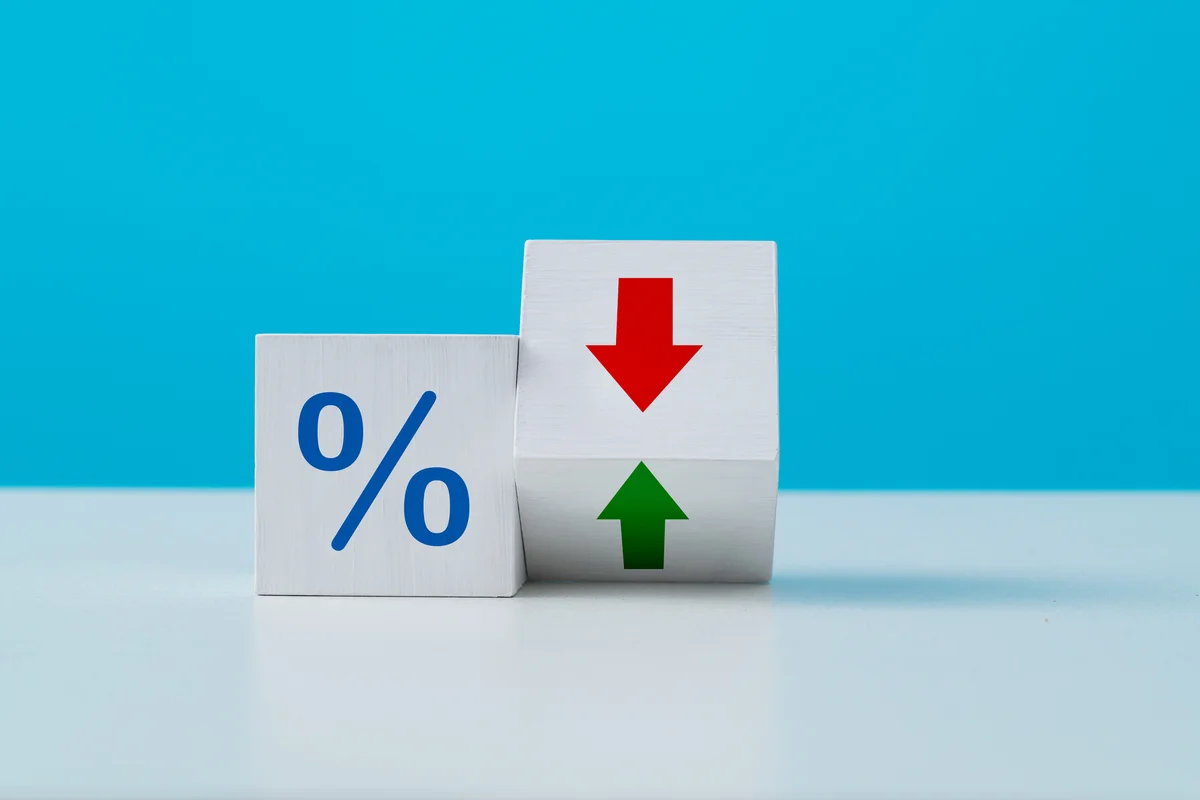Copyright independent

A new retail bond paying 8.25 per cent interest has launched, but investors have been warned to do their homework before committing their cash. The bond from LendInvest, an alternative property lender, surpasses even the highest-paying savings accounts. According to Moneyfacts, the best easy access savings account is currently from Cahoot and pays 5 per cent, but only up to a maximum of £3,000. Elsewhere, the top rate is just over 4.5 per cent. So how do retail bonds differ? Here, we look at how they work and the risks to be aware of. Retail bonds are issued by companies looking to raise extra capital by borrowing from investors, typically for growth. They work differently to other types of bonds and come with added risks. To take account of the extra risk, the interest rate is normally higher. It’s important to understand that retail bonds are an investment, not cash savings. For investors seeking income, retail bonds can play a useful role as part of a diversified portfolio, sitting between traditional savings and riskier equities. They can usually be held within an ISA, but check with your provider as not all of them offer this option. Retail bonds are issued by companies that want investment and are usually specialist lenders, property firms or infrastructure providers rather than large high-street banks. With this type of fixed-income investment, individual investors lend money directly to a company in exchange for regular interest payments (called the ‘coupon’) plus the return of the initial investment at the end of the term. For example, the LendInvest bond carries a fixed coupon of 8.25 per cent per annum, payable semi-annually over a five-year term, maturing in 2030. The minimum investment is £1,000, with increments of £100 thereafter. In practise, this means: When a company launches a new retail bond it offers it directly to investors, usually for a limited time. Once a bond is issued, you can buy or sell it on the secondary market, usually the London Stock Exchange’s ORB (Order Book for Retail Bonds). Retail bonds currently available to trade include EnQuest PLC (9 per cent, maturity October 2027), London Power Networks (6.125 per cent, maturity June 2027) and Hammerson (7.25 per cent, maturity April 2028). Novice investors may get retail bonds confused with other types of bond – such as government gilts or fixed rate savings bonds – but there are some crucial differences. Rob Caplan, founder of First Wealth, explains: “Gilts are backed by the UK government, so they’re considered virtually risk-free. Retail bonds are issued by companies, meaning investors take on corporate credit risk. The higher yields typically reflect that additional risk. “Fixed-term bonds from banks or building societies are deposit-based and benefit from FSCS protection – retail bonds don’t. They sit firmly in the investment rather than savings category.” Lack of FSCS protection is one of the big risks of retail bonds. The FSCS protects savers’ money up to £85,000 per person per institution in the event that a savings provider goes bust. But if a company issuing retail bonds falls into financial difficulty, investors don’t benefit from this security. Investing in a retail bond carries the risk that the issuer won’t be able to pay the interest offered – or even return all your capital at the end of the term. “Liquidity can also be a major issue; many retail bonds trade infrequently, meaning it can be difficult to sell at a fair price if circumstances change,” says Caplan, “Rising interest rates can reduce the market value of existing bonds, and investors often underestimate how quickly sentiment can shift. “Perhaps the most common mistake is assuming that a well-known brand name equates to low risk – history shows that’s not always the case.” If you buy a retail bond, you’re effectively lending your money to a company or organisation, so you need to be confident it can pay you back. Simon Misiewicz, finance expert at Optimise Accountants Ltd, says: “Before investing, conduct due diligence on the issuer’s financial health: check credit ratings, recent profit performance, and debt-to-equity levels. “Higher yields typically signal higher risk, especially with smaller or unlisted companies. In 2023 alone, more than £200m in retail bond investments were frozen or lost following issuer collapses in Europe.” Retail bonds can help investors diversify beyond cash or stocks, offering potentially higher returns than standard savings. Overall, these investments are best suited to experienced investors who understand the risks involved and are comfortable with the possibility of losing their capital. They are generally not suitable for those who need full capital protection, easy access to their money, or who want to avoid credit risk. When investing, your capital is at risk and you may get back less than invested. Past performance doesn’t guarantee future results.



